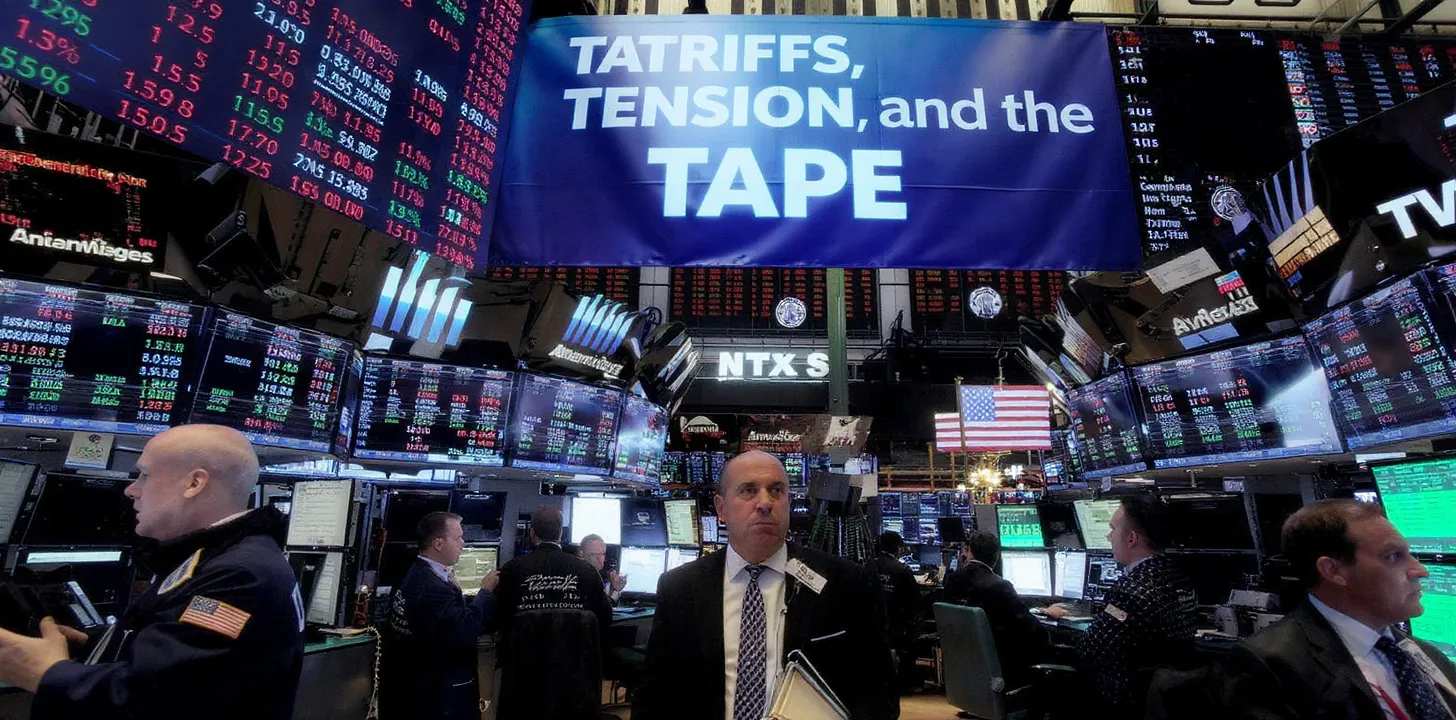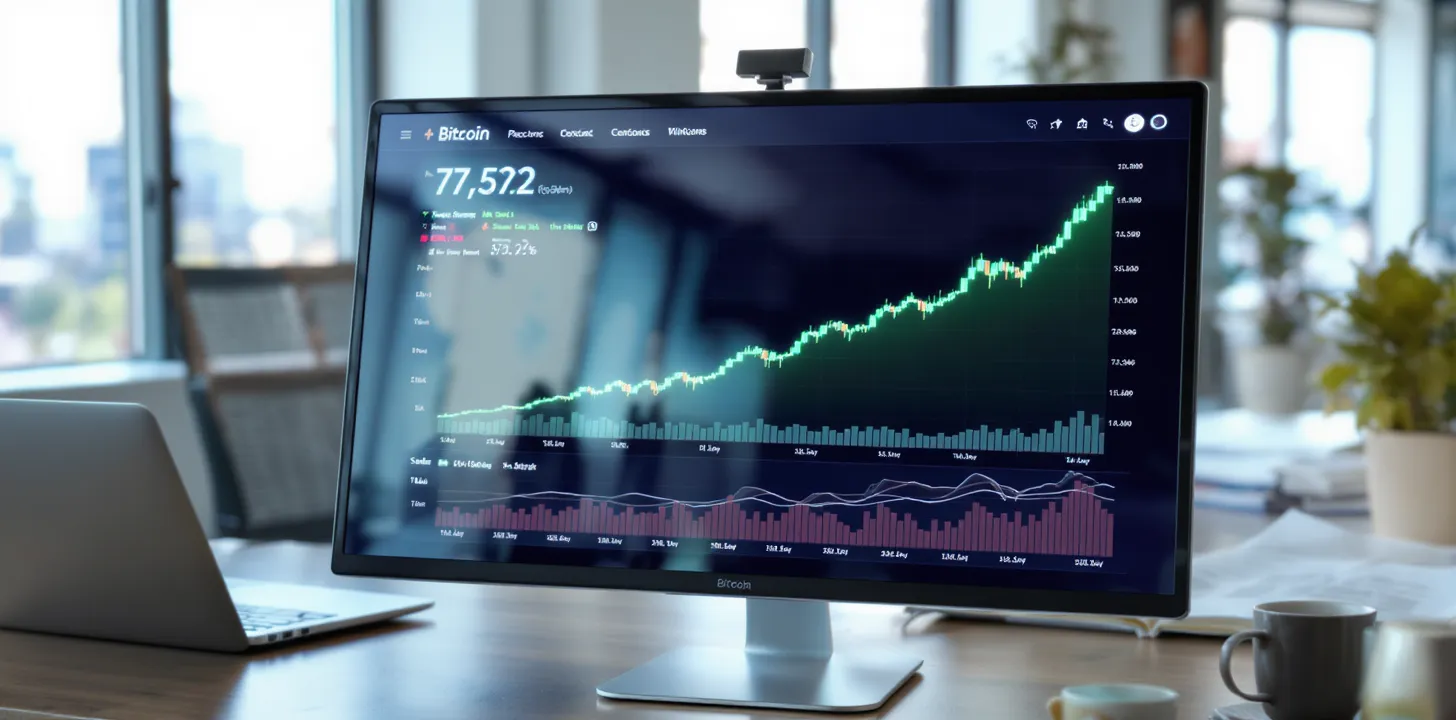Mastering Trend Strength Analysis with Volume Indicators for Effective Market Momentum Detection
Introduction to Volume Indicators in Trading
Volume is a vital yet often overlooked aspect in technical analysis. While most traders focus solely on price movements, volume offers a deeper insight into market momentum and the strength of trends. By integrating volume indicators into your analysis, you can uncover the hidden intentions of institutional players and get early signals of bullish shifts in market structure.
The Importance of Volume in Trend Analysis
Volume measures the number of shares or contracts traded over a set timeframe. A rising trend accompanied by increasing volume confirms strong market participation, while a declining volume in an uptrend may suggest weakening momentum and a potential reversal. Understanding how volume interacts with price is key to validating the sustainability of a trend.
Key Volume Indicators for Assessing Trend Strength
1. On-Balance Volume (OBV)
Developed by Joseph Granville, OBV is one of the simplest yet most powerful indicators. It adds volume on days when the price rises and subtracts it on days when the price falls. A rising OBV during an uptrend confirms buying strength, whereas a falling OBV in a downtrend indicates increasing selling pressure.
2. Volume Weighted Average Price (VWAP)
VWAP calculates the average price weighted by volume over a trading session. It helps traders discern institutional buying or selling activity. When prices trade above the VWAP, it is typically considered bullish. Conversely, prices below VWAP can signal bearish sentiment.
3. Chaikin Money Flow (CMF)
CMF measures the buying and selling pressure over a specified period by combining price and volume. A positive CMF reading indicates that buyers are dominating, while a negative value suggests sellers are in control. CMF divergence with price action is often used as an early reversal signal.
Practical Strategies for Utilizing Volume Indicators
Strategy 1: Trend Confirmation with OBV
Combine OBV with moving averages to confirm trends. For example, during a breakout, if OBV rises above its moving average, it supports the move and validates the buying pressure.
Strategy 2: Identifying Reversals Using VWAP
Monitor divergences between the price and VWAP. A sharp price move above VWAP accompanied by a decline in volume can indicate that the rally may be exhausted, signaling a potential reversal.
Strategy 3: Chaikin Money Flow Divergence
Watch for divergences between CMF and price action. If prices are rising but CMF is falling, the buying pressure may be weakening, warning of an impending reversal.
Common Pitfalls and Considerations
- Ignoring Volume Patterns: Relying only on price action can lead to false signals. Always integrate volume analysis for confirmation.
- Misinterpreting Low Volume: Low volume can sometimes indicate consolidation rather than weakness. It’s important to interpret these periods within the broader market context.
Conclusion
Integrating volume indicators like OBV, VWAP, and Chaikin Money Flow into your trading strategy significantly enhances your ability to assess trend strength and market momentum. By diligently analyzing volume patterns alongside price, you can fine-tune your entry and exit points, manage risks more effectively, and ultimately improve trading performance. This comprehensive approach provides you with the edge needed to anticipate market shifts before they become apparent to the broader market.



